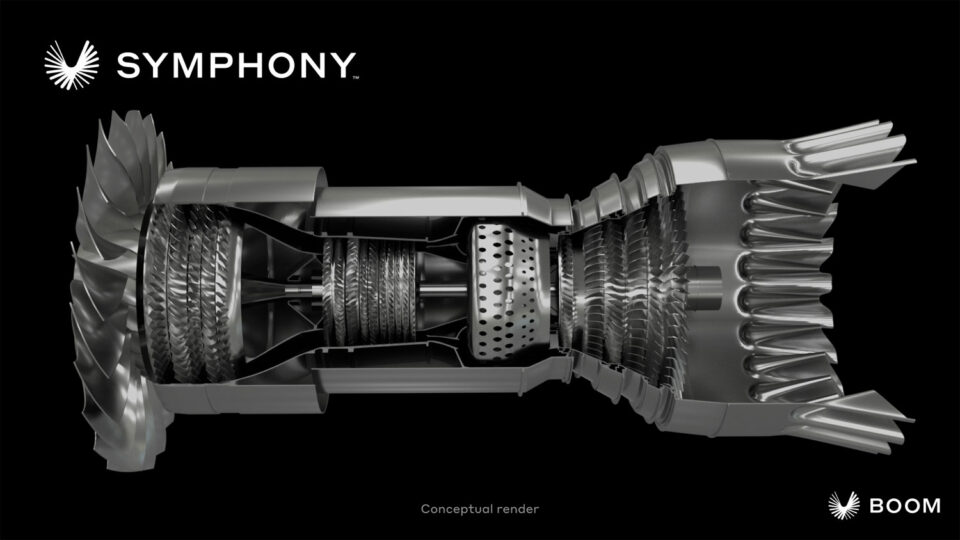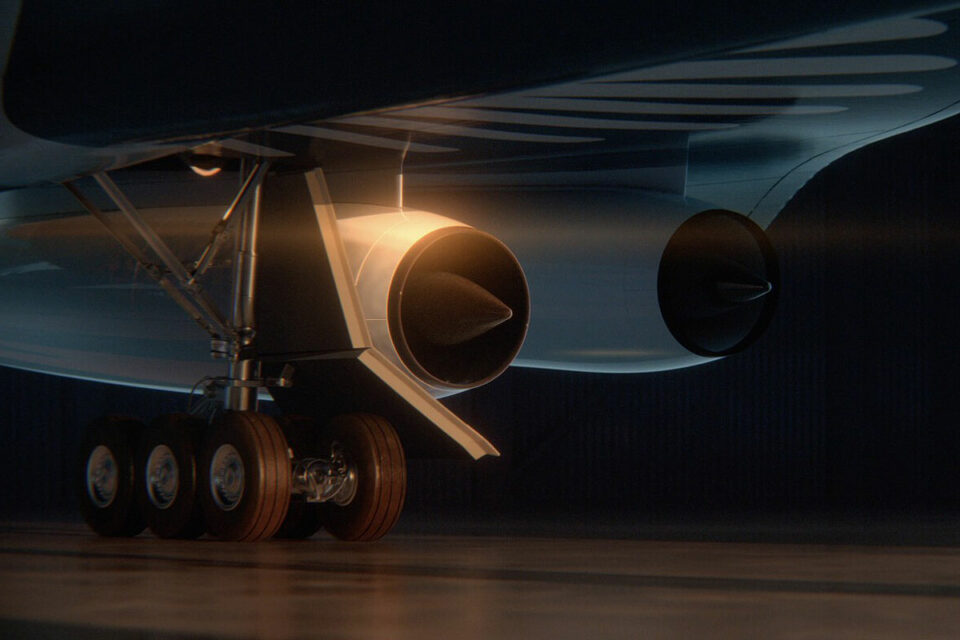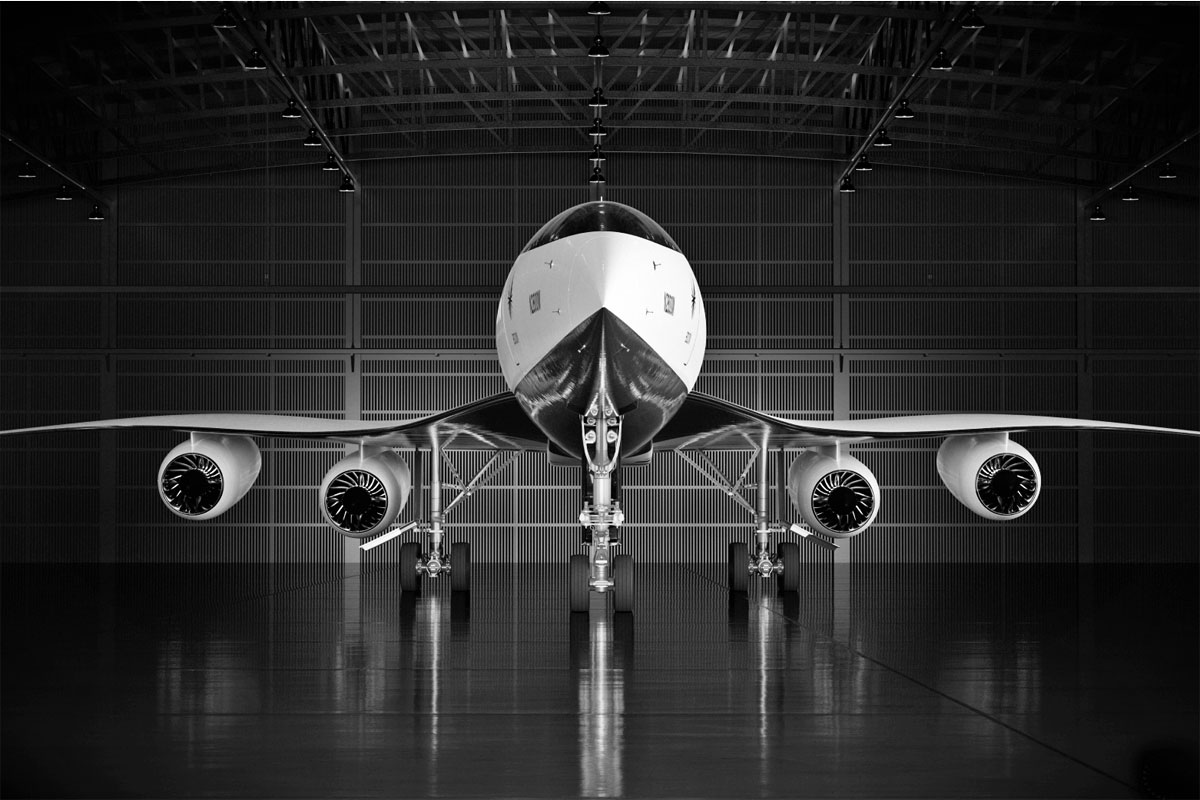Boom Supersonic delivered on its promise and announced the Overture supersonic airliner propulsion solution, which aims to provide air travel at speeds of Mach 1.7. The US startup will develop its own engine, Symphony, in partnership with other companies.
Among the partners in the project are Florida Turbine Technologies (FTT), which will design the engine, GE Additive, acting as technology consultant, and StandardAero, responsible for equipment maintenance.
“Developing a supersonic engine specifically for Overture offers by far the best value proposition for our customers,” said Blake Scholl, Founder and CEO of Boom Supersonic. “Through the Symphony program, we can provide our customers with an economically and environmentally sustainable supersonic airplane — a combination unattainable with the current constraints of derivative engines and industry norms.”
The solution emerged after major engine manufacturers such as GE, Pratt & Whitney, Honeywell and Rolls-Royce stated that the supersonic aircraft segment is not a priority at the moment.
The most important partner in the Symphony engine is FTT, which belongs to Kratos Defense & Security Solutions which, among other activities, has extensive experience with military fighter engines such as the F-22 (F-119) and the F-35 (F -135)

35,000 pounds of thrust
Boom teased some features of the Symphony turbofan, which will not have an afterburner but will be capable of generating 35,000 pounds of thrust.
Illustrations released by the company show a medium derivation rate engine that will use fuel 100% SAF (Sustainable Aviation Fuel). The Overture will be equipped with four of these engines and will have air intakes with variable geometry to adapt them to different flight profiles.
Boom guarantees that the new engine will meet FAA and EASA emissions and noise standards. The company also says that Symphony will have a 25% improvement in usage time without the need to remove it for maintenance, in addition to a 10% savings compared to similar engines currently in production – a point that sounds like an answer to the slight of the major suppliers in the segment.
Despite the route change caused by the engines, Boom Supersonic continues to schedule the certification of the Overture, a jet for up to 76 passengers, in 2029. The aircraft factory is scheduled to start production in 2024, with roll-out in 2026 and the inaugural flight in 2027.


